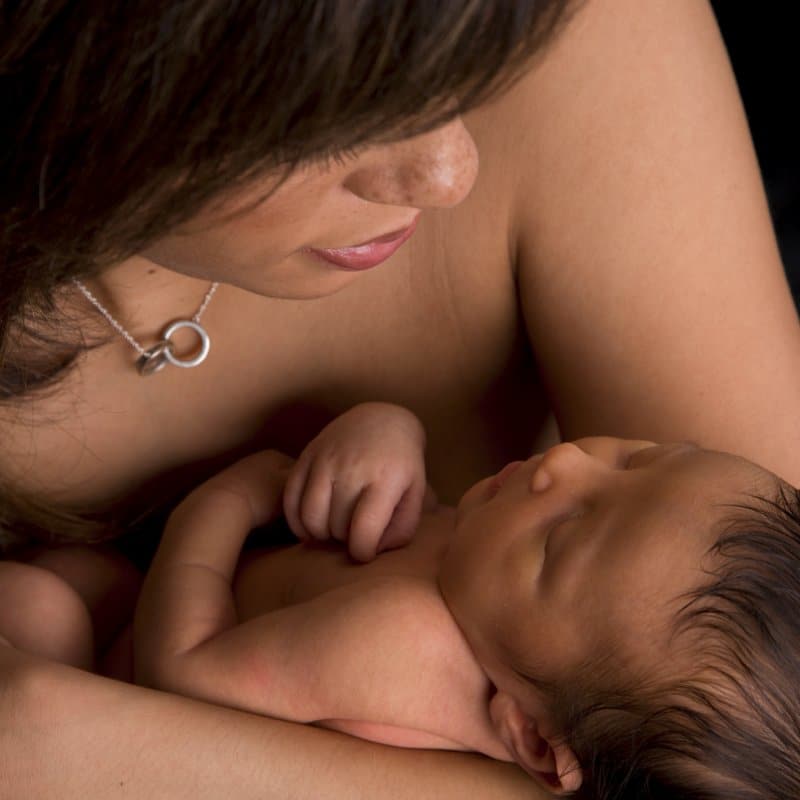Honouring tradition and respecting science-Respecting baby massage practices around the world.
Where does baby massage come from and what are the differences between practices?
This is a question that is asked by students and traditional baby massage is very different to the routine we teach in baby massage classes at Blossom & Berry.
First off I want to say that in many parts of the world, baby massage isn’t a class you attend or a practice you learn. It’s a sequence of movements, strokes and practices that flow from our intuitive desire to connect as human beings. Humans as social beings need physical and social connection to survive and thrive which has been shown in numerous studies on baby mammals sadly. We know from recent research that social isolation and a lack of connection can be more damaging to humans than smoking. Touch is part of who we are and what we need.
My understanding
I was introduced to baby massage with my daughter in 2001 and I later trained with the IAIM as a teacher learning that the routine used in classes was a fusion of Indian massage observed by IAIM founder Vimala McClure whilst she was living there and a mix of Swedish massage and reflexology.
If you look at traditional Indian baby massage, it is focused more on stimulation of a baby’s body systems, supporting physical development and balancing the energetic anatomy. Often when I show videos of traditional baby massage to students they looked concerned and worried as the babies may not have been asked for their consent or sometimes seem overwhelmed by the massage showing stress cues. I think it’s important not to be judgmental around this without a full understanding of why the massage is performed in that way. It is the heritage of baby massage as I understand it and therefore I honour it’s roots…However I did not massage my children without consent and always followed their cues because my intention for the practice was to communicate love, enhance and deepen bonding and express to my children they were seen and heard. If I had to summarise the differences (from my understanding), I would say Indian baby massage works more on the physical and energetic health of a baby whereas our baby massage classes focus on listening to babies, responding to babies needs, building love, connection and supporting parents as well as babies. We do support babies physical health in our classes with massage as it boosts circulation, stimulates digestion and the nervous system but we are still always led by the baby as to whether it’s what she wants.
The massage that we teach for babies is cue based in that the baby is always in charge. When she does not want massage, then we stop. The massage we practise puts love into action. It provides the foundations of mental health, emotional intelligence, attachment and loving relationships. This is not to say that traditional Indian baby massage does not provide these things but this is the central focus in our baby massage classes. The baby leads and we follow.
There are many contradictions between traditional Indian baby massage and others styles which can feel tricky to navigate as a teacher. The current advice from the NICE guidelines on using oils on a baby’s skin is to avoid putting anything on to the skin for 6 weeks. We know from recent research that a baby’s skin is more permeable, more fragile and delicate before 6 weeks. However culturally in numerous countries babies are welcomed into the world with a massage with an array of oils and often oiling of the mother and baby after birth for 40 days is a traditional practice. Neither is right or wrong, just different and culturally orientated and appropriate. Our baby massage classes tend to work more within the boundaries of science and research but we are open minded to all practices and always curious to learn.
Baby massage is also often performed by someone other than the mother or primary caregiver in many cultures as part of post natal care. In our classes we encourage the parents or primary care givers to practice the massage as it enhances bonding and also the release of oxytocin in baby massage is particularly healing and helpful to new mothers as it can help the adjustment into parenthood.
In essence, what I am saying is there is no right or wrong and the best massage is always the one that a parent and baby creates themselves. It is better to do what feels good rather than what you “should” do. Obviously safety and respect for babies wishes, rights and needs always comes first but I think it’s important to be open minded to it all. Cultural practices around mother and baby health, wellbeing and care is fascinating and I love to learn as much as I can. I am very grateful for all the knowledge I have from different cultures and love that touch connects us all.
I would be interested in your thoughts and would love to know more on any cultural practices using baby massage.
Much love
Gayle ♡

